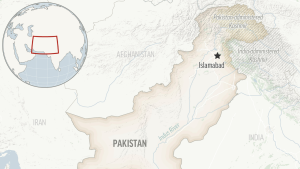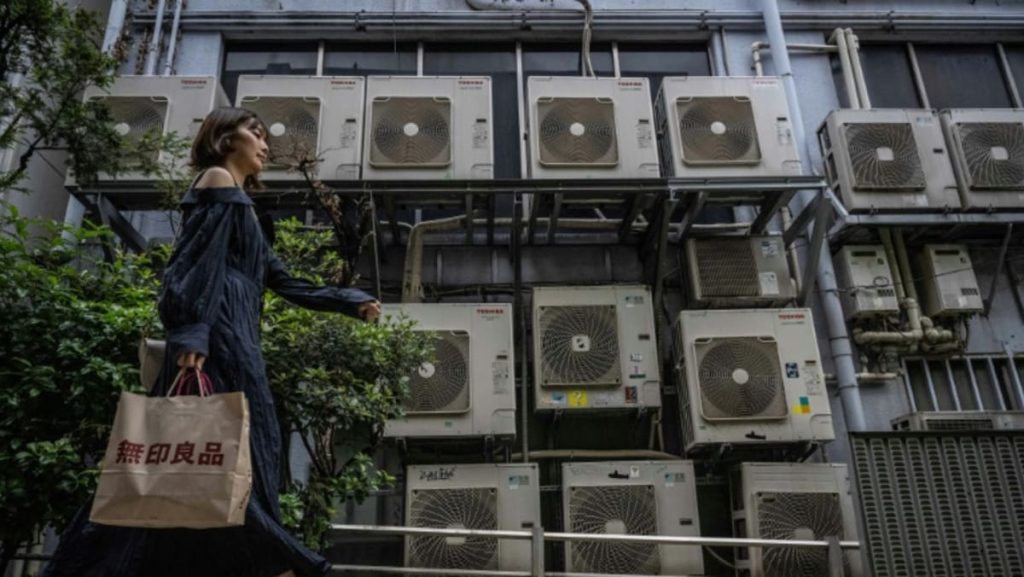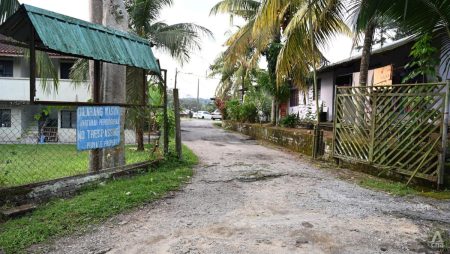, with Hong Kong experiencing extreme temperatures that have reached 37.8 degrees Celsius, marking the hottest day in the city’s history. The scorching heatwave is a result of a dome of high pressure that is affecting the region, trapping hot and humid air. The extreme temperatures have prompted health warnings from authorities, urging residents to stay hydrated and avoid prolonged exposure to the sun.
In addition to Hong Kong, other parts of Asia have also been sweltering under the intense heatwave. In Japan, temperatures soared to 40.7 degrees Celsius, the highest ever recorded in the country, leading to multiple deaths and hospitalizations due to heat-related illnesses. South Korea has also been experiencing record-breaking temperatures, with the mercury hitting 40 degrees Celsius in some areas. The extreme heat has forced authorities to issue heatwave warnings and implement measures to prevent heatstroke.
The heatwave highlights the impact of climate change on extreme weather events, with rising global temperatures leading to more frequent and intense heatwaves. Climate scientists have warned that heatwaves are becoming more common and severe due to human-induced climate change. The extreme temperatures pose a significant risk to public health, particularly for vulnerable populations such as the elderly, children, and individuals with pre-existing health conditions.
In response to the heatwave, governments and organizations in affected areas have been taking measures to mitigate the impact on the population. Public health campaigns have been launched to educate people on how to stay safe in the heat, including staying hydrated, wearing light clothing, and avoiding strenuous outdoor activities during the hottest parts of the day. Cooling centers have been set up in some areas to provide relief for those without access to air conditioning.
The heatwave also underscores the need for adaptation and resilience strategies to cope with the effects of climate change. Cities and communities in at-risk areas must develop heat response plans that include early warning systems, public health interventions, and infrastructure upgrades to protect vulnerable populations. Climate mitigation efforts, such as reducing greenhouse gas emissions and transitioning to renewable energy sources, are also crucial in addressing the root causes of extreme heat events.
As the heatwave continues to sweep across Asia, it serves as a stark reminder of the urgent need for global action to combat climate change and mitigate its impact on communities around the world. Governments, organizations, and individuals must work together to reduce emissions, adapt to changing weather patterns, and protect the most vulnerable from the devastating effects of extreme heatwaves. Only through collective effort can we hope to address the root causes of climate change and create a more sustainable future for all.













